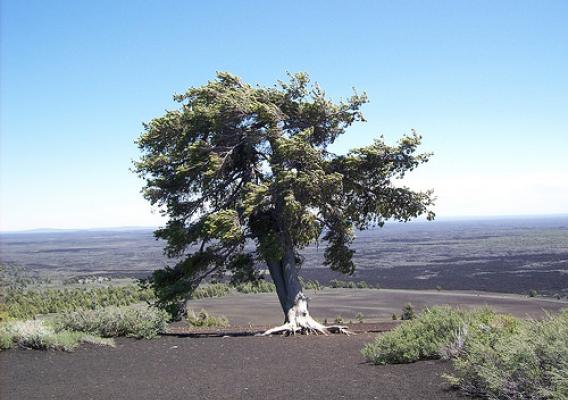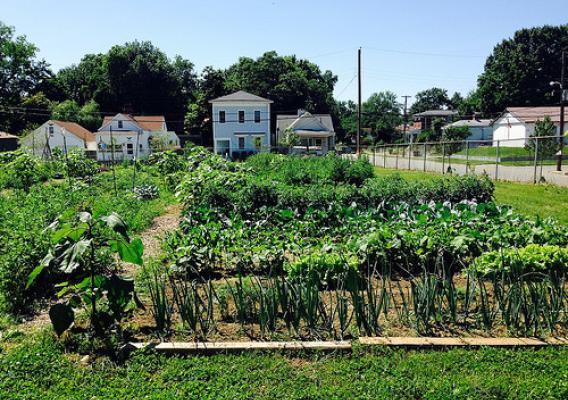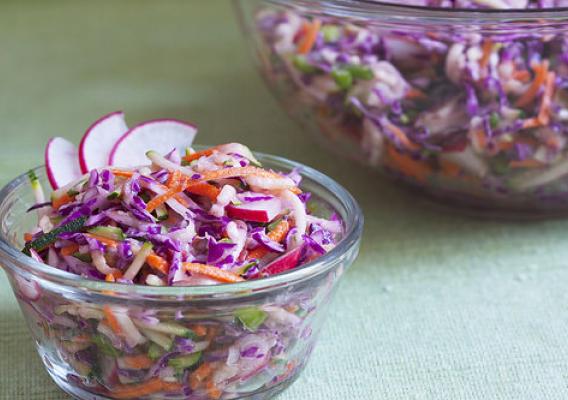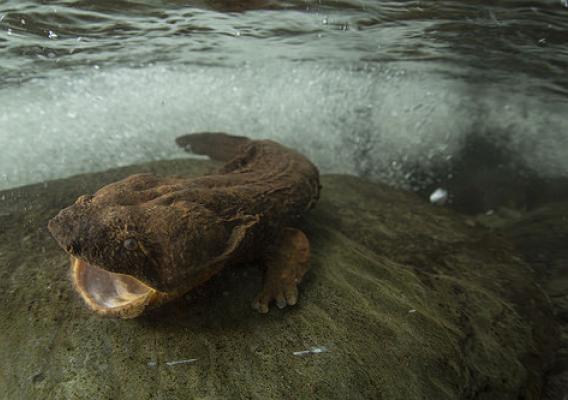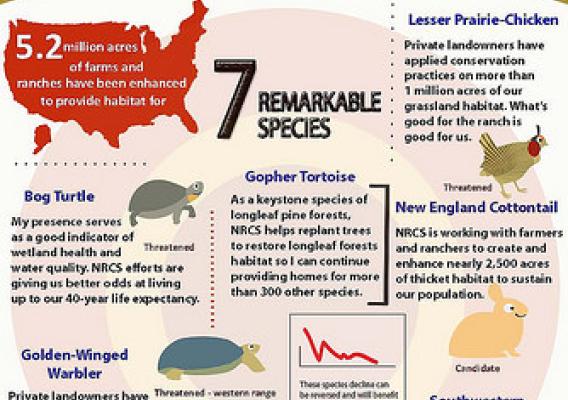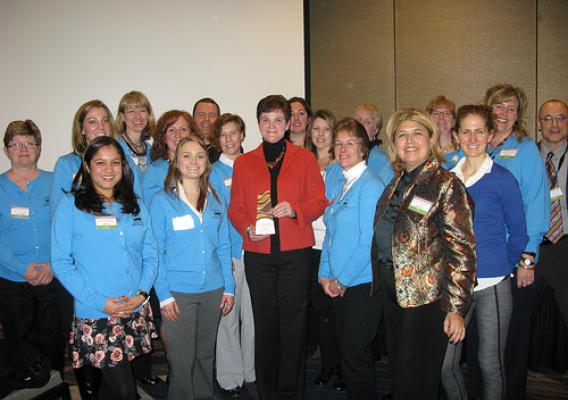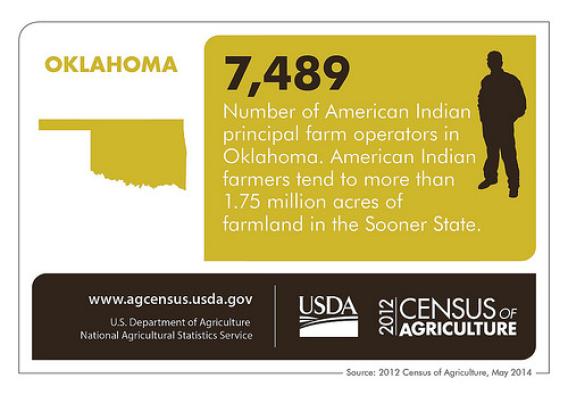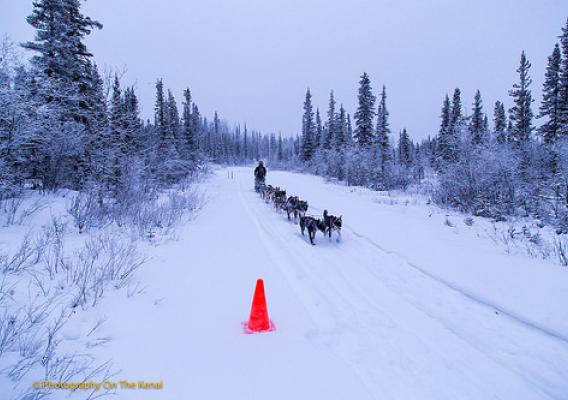This is the fourth installment of the What’s Cooking? Blog Series. In honor of the Let’s Move 5th Anniversary, and the commitment USDA shares with Let’s Move to promote healthy eating and access to healthy foods, this month-long series will highlight the various features of the What’s Cooking? USDA Mixing Bowl recipe website.
Attention nutrition educators helping Americans make healthy and budget-friendly choices—this edition of the What’s Cooking? Blog Series is for you! If you haven’t already heard, the Supplemental Nutrition Assistance Program (SNAP) recipes have a new home on the U.S. Department of Agriculture’s What’s Cooking? USDA Mixing Bowl web site. This site combines recipes designed for SNAP-Ed, child nutrition programs, the food distribution program, and ChooseMyPlate.gov. Visit What’s Cooking? USDA Mixing Bowl, and you will see that there are hundreds of healthy recipes for educators to browse and use in nutrition education programming. For example, how do Zucchini Coleslaw, Mozzarella Chicken with Garlic Spinach, A Simple Mexican Salad, or Ginger Orange Muffins sound?
Many of the recipes found in What’s Cooking? USDA Mixing Bowl were created for educating recipients of SNAP benefits. The goal of the education component of SNAP, commonly called SNAP-Ed, is to improve the likelihood that persons eligible for SNAP will make healthy choices, within a limited budget, consistent with the Dietary Guidelines for Americans and MyPlate. The SNAP recipes were developed by SNAP-Ed educators to do just that!

